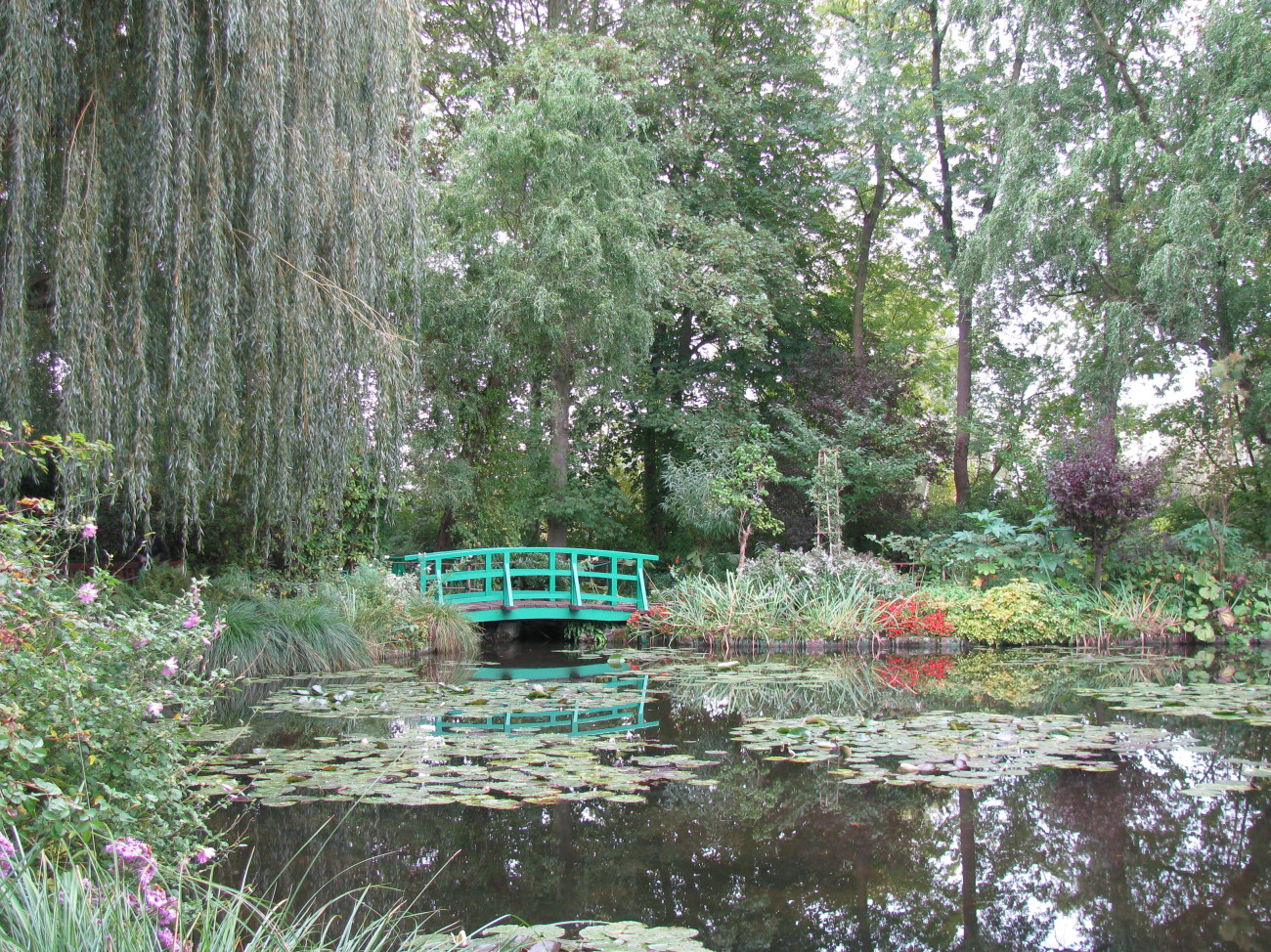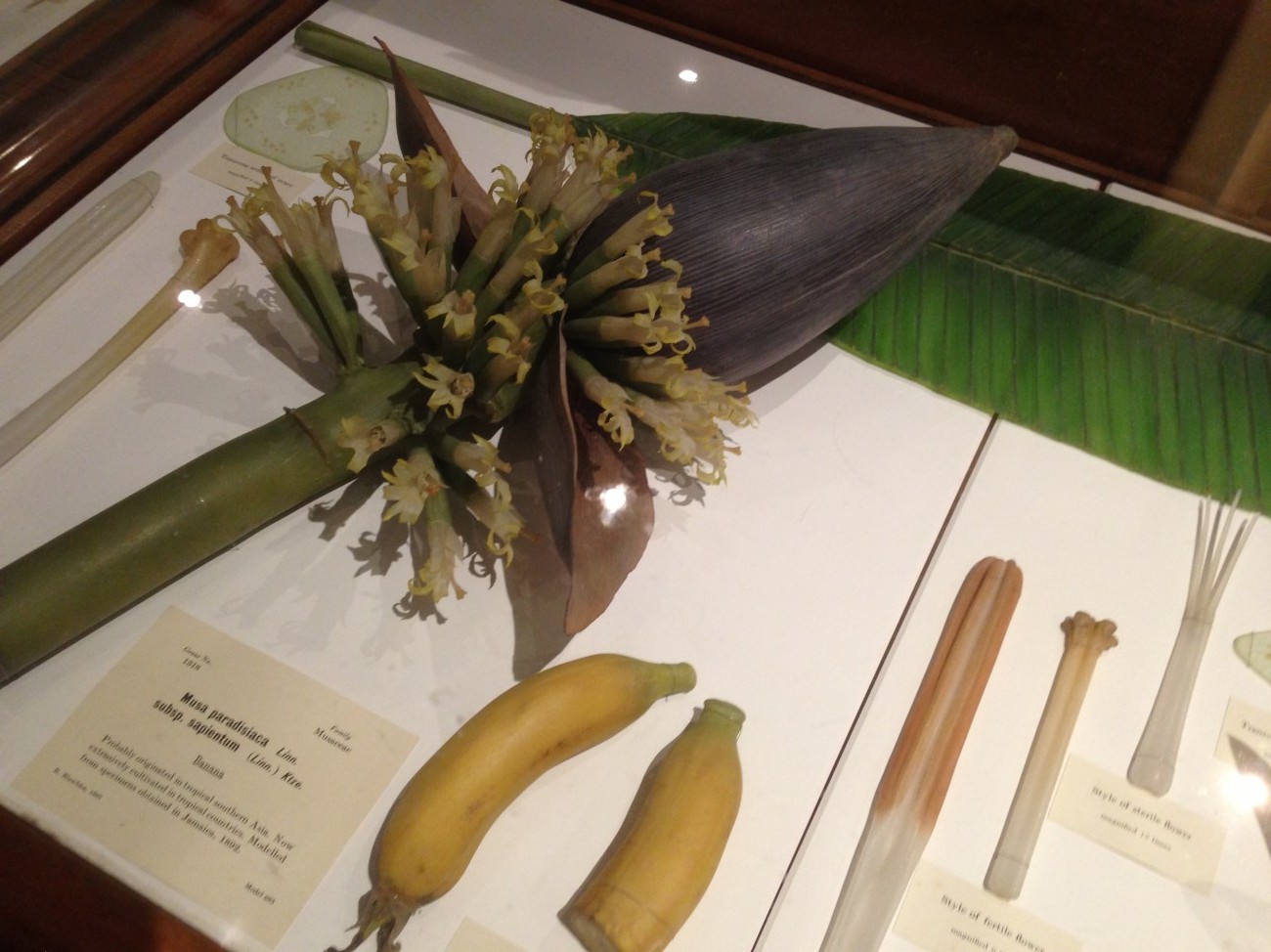
by Loti | Jun 28, 2013 | Art, Flowers, France, Landscapes
France. One of the most famous bridges ever painted. The Japanese bridge (I haven’t been able to figure out why it is considered Japanese) is in Monet’s gardens in Giverny, 80 kilometers west of Paris. A sight to behold. Claude Monet, one of the key painters in The Impressionist movement, was also a master gardener and horticulturist. His greatest passion became his gardens and he was quoted as saying his greatest masterpiece was also his gardens. During his last 20 years (he died at 86), he painted a series of paintings depicting the bridge and the water lilies surrounding it. His painting entitled Le bassin aux nympheas (a water lily) sold in 2008 for $80.4 million putting it in the top 20 highest priced paintings ever. To stand on the bridge, under wisteria actually planted by Monet, and look out at the water lilies is an amazing experience. Here’s to life and gardening!...

by Loti | Jun 21, 2013 | Animals, Art, United States
Boston, MA. I just can’t get enough of the glass models created by the Blaschka’s back in the late 1800’s. In addition to the thousands of flower and plant models they made, there is a whole series of jellyfish, octopuses and other invertebrates made from glass by the father and son. > This glass octopus is in The The Harvard Museum collection and is stunning to view. So what exactly is an invertebrate? Well, 97% of animal species alive today are invertebrate, meaning they have no backbone. Really! I had no idea. > This includes insects, crabs, snails, starfish, and of course octopus. With 8 arms equipped with suction cups, 2 eyes and a beak much like a bird’s beak (the only hard part of their body), the octopus is a highly intelligent animal. They use both short and long term memory to solve mazes and problems and are the only invertebrate to use tools. In one study, they were given a coconut shell which they took apart and reassembled as a shelter. And they make great designs on pants. Take Billy Horschel in the last round of the U.S. Open. While he didn’t win, everyone was talking about his Ralph Lauren octopus pants. A brilliant marketing strategy on the part of the Ralph Lauren folks. Now how cool is that! > > > > > ...

by Loti | May 30, 2013 | Art, United States
West Palm Beach. I don’t pretend to understand modern art. In fact, until this morning, I don’t remember ever reading a definition of it. According to Wikipedia, it is art created from the 1860’s (including Impressionists like Matisse, Van Gogh and Seurat) until the 1970s. Van Gogh, a modern artist? I had no idea. In the modern art era, artists threw away old traditions of viewing the world and used new techniques and fresh ideas to look at things differently. So what is Contemporary Art and is it the same as Modern Art? Generally it is art created since World War II by still living artists so there can be overlap between the two. Take the disc in this photo made by Jacopo Foggini, exhibited at Whitespace in West Palm Beach. He uses methacrylite, an industrial material used in making automobile lights, to create sculptures, chairs, lights and tables. In all sorts of cool colors. His works are considered Contemporary art as he is still very much alive. And I love it. So much to learn in this fascinating world. And to think I have just discovered there is Modern and Contemporary art I like. Including Van Gogh, O’Keeffe and now, Foggini. Just amazing! ...

by Loti | May 28, 2013 | Art, Flowers, Food, United States
Boston. I don’t really think of a banana as a flower, but it turns out it is a flower, an herb (the world’s largest), a fruit and a berry. Well that is pretty cool. Here you see it recreated by the Blaschka’s in their amazing Harvard glass collection. Everything you see is made of glass. Every one knows bananas are really good for you, but I didn’t know they are slightly radioactive. That’s because of all the potassium which shows up as potassium 40 isotope. I also didn’t know they are the 4th largest world crop behind rice, wheat and maize with India being the largest producing country followed by Uganda. Really! And the Cavendish, the main banana we eat, is currently being infected by an unstoppable disease and will probably disappear during our lifetime. Hopefully replaced by another one. Wow. Who would have thought the banana had so much going on. Good thing I just finished one for breakfast. > > >...

by Loti | May 24, 2013 | Art, Flowers, United States
Boston. Amazing, stunning, impossible! All terms that come to mind as I view the Harvard Museum’s collection of glass flowers. Why don’t I know about these beautiful replicas of over 830 plant species made by father and son team, Leopold and Rudolph Blaschka, between 1887 and 1936? Turns out they were commissioned by Harvard beginning in 1886 to use as models for teaching botany. Back then, there were no photos, just paper maiche and wax models. The Blaschka’s were able to make scientifically accurate glass models using various glass making techniques which they perfected over a 50 year period. Unfortunately their glass making processes died with the Blaschka’s and no one has been able to duplicate these amazing flowers. Dale Chihuly, one of my favorite glass artists, said the exhibit of flowers was mind boggling and extraordinary. So if you get to New England, be sure to put this on your bucket list. You won’t be disappointed. I know I wasn’t. I am still learning about the flowers and some other specimens the Blaschka’s made. There is a whole world out there. I just have to pick my head up and look! ...

by Loti | May 8, 2013 | Animals, Art, Food, United States
Maine. Lobsters are harvested in Maine by traps set in the coastal waters with each trap attached to a floating buoy. Looking closely at the photo, you notice the buoys all have different color schemes and striping. That’s because each lobster fisherman has his/her own colored buoy which is helpful when you have up to 800 lobster traps (the maximum allowed by law) attached to your buoys. With over 3 million buoys in Maine waters alone, a whopping 126 million pounds of lobster was harvested in 2012. Just a few hundred years ago, lobster were used as fertilizer and considered a poverty food. Today they are not only expensive, but scientists are finding lobsters have some very interesting anti aging properties. Move over Botox! Lobsters apparently age very slowly, if at all. An enzyme named telomerase is responsible which repairs the lobster’s DNA. As a result of this enzyme, it is possible (although improbable) they could live forever if not injured or captured. Pretty cool if you are a lobster. Just last year, scientists figured out how to tell a lobster’s age by the number of rings in its eyestalk (the stalk connected to the eyeball). With research continuing on this important enzyme, we will be hearing more about it. Who knows, a drink called the fountain of youth made with lobster bits may be on the horizon. Yum! ...







